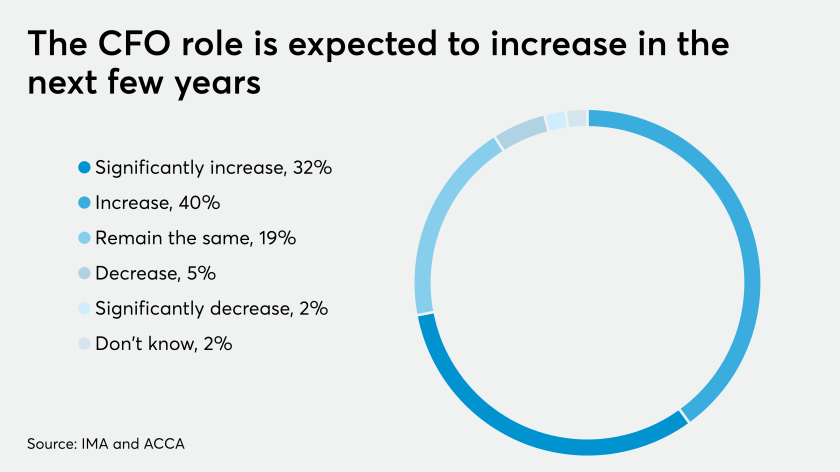WASHINGTON — A key indicator of health for the Federal Housing Administration’s mutual mortgage insurance fund reached a high not seen since 2007, as strong house price appreciation more than offset economic harm done by the pandemic.
The FHA said Friday in its annual actuarial report that the fund's capital reserve ratio increased to 6.10% in the 2020 fiscal year, up from 4.84% a year earlier. Meanwhile, the fund's economic net worth increased to $78.95 billion — more than double its value just two years earlier.
The FHA is required by law to maintain a buffer of at least 2%.
“Thanks to this administration’s focus on prudent capital management, FHA entered the pandemic with a strong capital position, which will help us weather the immediate impact of COVID-19,” FHA Commissioner Dana Wade said on a call with reporters.

Generally, the FHA’s mortgage fund owes much of its success in 2020 to strong house price appreciation, which “eclipsed other negative economic developments,” Wade said, and added that the FHA’s modeling showed that a 1% decrease in house price appreciation would equate to a blow of 1.3% to the mortgage insurance fund.
Still, the FHA’s portfolio was not completely immune to COVID-19. The agency’s portfolio of seriously delinquent loans grew by $117 billion thanks to provisions in the congressional stimulus package from earlier this year that allowed borrowers to request up to a year of forbearance.
The value of seriously delinquent loans as of Sept. 30 was $158 billion, beating out the previous high of $105 billion in 2012. The rate of seriously delinquent credits in the FHA’s portfolio reached 11.59%. However, the FHA said that rate is expected to rise because the agency tends to serve borrowers with lower credit scores and higher amounts of debt.
“Given these and other characteristics, the COVID-19 pandemic has hit FHA borrowers disproportionately harder than those served by conventional and private markets,” the agency’s report said.
Banks have managed to steer around trouble spots in energy, hotel and mall-related credits. But fears of further deterioration, an eviction wave or more job losses are keeping lenders circumspect.
Finance executives are likely to hold onto their greater responsibilities once the pandemic subsides.
Accountants and tax professionals have been helping their small business clients deal with the economic fallout from the COVID-19 pandemic, shifting away from their routine compliance work after the end of the prolonged tax season.
Early-payment default rates also remain at “historically high levels” and reached 9.27% at the end of the fiscal year, Wade said.
Given those factors, Wade indicated that the FHA would likely not cut insurance premiums, despite calls from the mortgage industry to do so.
“I think FHA really needs to continue to be in a strong capital position moving forward in order to deal with this because servicing these loans will be the No. 1 priority,” Wade said.
The FHA reverse mortgage — or home equity conversion mortgage — program, which has historically been a drag on the agency’s finances, improved markedly this year with a capital ratio of -0.78%, up significantly from the 2019 ratio of -9.22%.
But the reverse mortgage portfolio remains a concern for the FHA, Wade said.
“I think the important thing to note with HECM is that this modeling is despite what is a very positive trend that we've seen and have projected for house price appreciation, so that's certainly of concern to us, and I think we need to continue to vigilantly monitor HECM,” she said.
Still, there were several positives in the FHA’s report. The share of the agency’s portfolio of loans to first-time homebuyers climbed to 83.10%, representing a new high. And the FHA insured more loans for its core borrowers, which include first-time and lower-income homebuyers, during the second half of the year, despite constrained credit in the marketplace.
The average debt-to-income ratio for FHA borrowers also decreased for the first time in seven years and the average borrower’s credit score rose slightly to an average of 672, the agency said.
“Honestly, a lot of that has to do with some of the credit tightening that was instituted by the private sector participants this year,” said Wade, referring to lenders raising credit standards in fear that the pandemic would render some borrowers unable to repay a loan.
And, though positive, the amount of FHA loans with a debt-to-income ratio of 50% or higher “remains at historically elevated levels,” the FHA’s report said.





